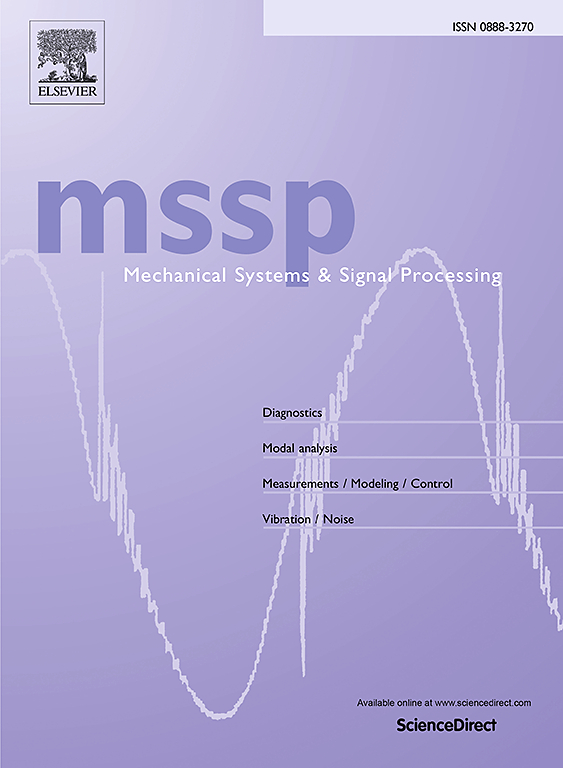Design of a hybrid-mode piezoelectric actuator for compact robotic finger based on deep reinforcement learning
IF 7.9
1区 工程技术
Q1 ENGINEERING, MECHANICAL
引用次数: 0
Abstract
In this study, we propose a novel hybrid-mode piezoelectric actuator for compact robotic finger and introduce a reinforcement learning-based design approach using Double Deep Q-Networks (Double DQN) for design of the hybrid-mode piezoelectric actuator. The experiment demonstrated that the Double DQN algorithm could learn a robust policy that minimized the modal frequency difference, achieving a minimum difference of 6 Hz, which was verified through FEM simulations. Due to the broad applicability of the modal frequency degeneracy requirement, this method provides a new approach for designing various hybrid-mode piezoelectric actuators. Furthermore, the robotic finger prototype, while maintaining a compact size, achieves an angular velocity of 330 deg/s and a fingertip force of 0.32 N under a driving voltage of 400 Vpp. These experimental results validate the effectiveness of the proposed driving method. Furthermore, the proposed actuator is well-suitable for modular assembly, allowing multiple actuators to be easily connected to form multi-joint and multi-finger structures, enabling the design of dexterous robotic hands. In future research, we plan to enhance the output force by increasing the number of PZT elements or employing a sandwiched design. Our findings highlight the potential of piezoelectric actuators, combined with reinforcement learning techniques, in the development of compact robotic hands.
求助全文
约1分钟内获得全文
求助全文
来源期刊

Mechanical Systems and Signal Processing
工程技术-工程:机械
CiteScore
14.80
自引率
13.10%
发文量
1183
审稿时长
5.4 months
期刊介绍:
Journal Name: Mechanical Systems and Signal Processing (MSSP)
Interdisciplinary Focus:
Mechanical, Aerospace, and Civil Engineering
Purpose:Reporting scientific advancements of the highest quality
Arising from new techniques in sensing, instrumentation, signal processing, modelling, and control of dynamic systems
 求助内容:
求助内容: 应助结果提醒方式:
应助结果提醒方式:


